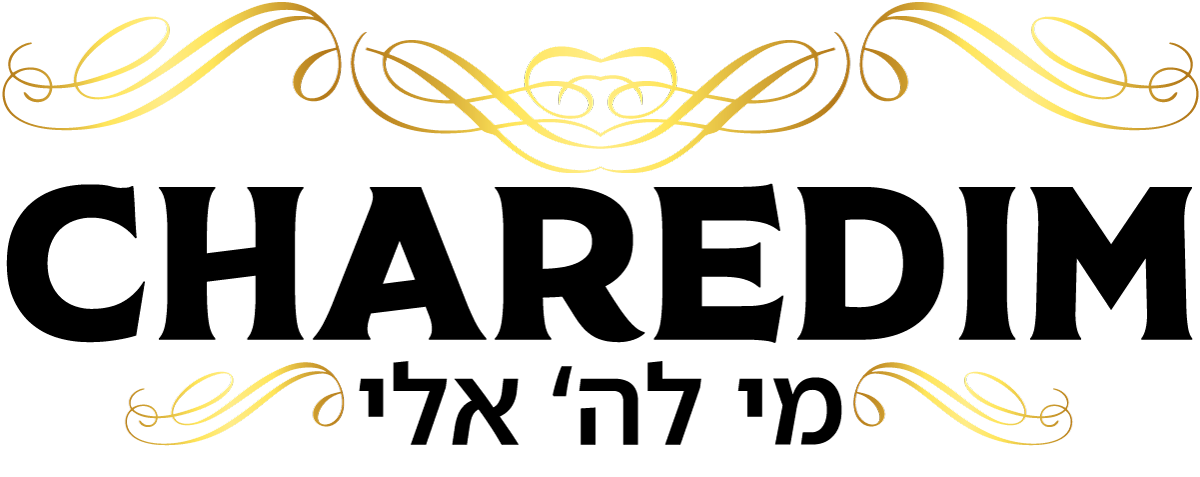What is the Charedi View on Yom HaZikaron?
The Charedi community mourns every Jewish soul lost in war or terror, regardless of the uniform they wore or the path they walked in life. While Charedim may not always express that grief through state-instituted rituals, the pain is real — and the love for every Jew runs deep.
A Changing Landscape
In earlier decades, many in the Charedi world did not respond publicly to the Yom HaZikaron siren. This was not from callousness, chas v’shalom, but from ideological concerns: namely, the fear that Torah values were being replaced by secular nationalism, and the worry that military heroism was being elevated above Torah and mitzvos.
But today, things are different. The majority of Charedim in Eretz Yisrael stand still during the siren — not to salute a secular state, but to honor the millions of Jews who are mourning. Some say Tehillim quietly. Others stand with kavod rosh and say nothing, allowing the moment to pass with dignity. Even those in the beis medrash who do not rise will often intensify their Torah learning or whisper a perek of Tehillim.
This shift reflects a deeper truth: Charedim feel the pain of their fellow Jews. It is not derech haTorah to ignore suffering simply because one disagrees with the framework in which it is being remembered. As one Rosh Yeshiva put it:
“If the majority of Am Yisrael are in mourning, how can we not feel that pain? Torah must refine our sensitivity, not harden our hearts.”
Public vs. Private
Many Charedim avoid joining state-sponsored ceremonies — not because they reject the mourning, but because they feel these events are often steeped in Zionist ideology, which they cannot endorse. Instead, Charedim channel their grief into tefillah, Torah learning, and chesed. These are the eternal tools of the Jewish soul.
That said, more and more Charedim today attend memorial events, particularly those organized in their neighborhoods or for families they know. These are not political statements, but human ones — an embrace of shared grief.
A Story of Respect
When a group of yeshiva bochurim once asked Rav Shlomo Zalman Auerbach zt”l for a bracha before traveling to the graves of tzaddikim in Eastern Europe, he famously answered:
“You don’t need to travel that far. Go to Mount Herzl. It is filled with tzaddikim.”
This wasn’t political. It was Torah clarity. A Jew who gives his life al kiddush Hashem, to protect other Jews, even if he wasn’t fully observant, is considered a kadosh. We don’t measure his soul — Hashem does. Our task is to recognize that mesirus nefesh for Klal Yisrael carries unimaginable merit.
As Chazal teach:
“ההרוגים על קדושת השם — אין כל בריה יכולה לעמוד במחיצתן” “Those who are killed for the sanctification of Hashem’s name — no one can stand in their spiritual presence.” (Pesachim 50a)
Quotes from Gedolim
- Rav Yitzchok Hutner zt”l once remarked that the Torah recognizes two types of kedoshim: those who live for Hashem and those who die for Him — and we must honor both.
- Rav Chaim Kanievsky zt”l would often encourage people to learn Mishnayos l’ilui nishmas fallen soldiers when asked how to honor them properly.
- Rav Aharon Leib Shteinman zt”l, when approached by someone whose child fell in combat, said with tears: “He died al kiddush Hashem. There is no higher place for his neshamah.”
- Rav Yosef Shalom Elyashiv zt”l reportedly said that learning Torah in their merit is the greatest tribute and brings an aliyah to their neshamah beyond what most public ceremonies can achieve.
In Summary
Charedim do not ignore Yom HaZikaron. They simply express mourning through Torah, tefillah, and sensitivity, rather than through secular symbols or state rituals.
The loss of any Jewish life is a tragedy. And a Jew who dies defending Klal Yisrael is a kadosh — even if we disagree with the ideology that surrounded his life. The neshama is judged by Hashem, not by us.
“Every Jew is part of one guf (body). When one limb hurts, the whole body hurts.” — Chazon Ish, Emunah uBitachon
Footnotes & Sources
- Story of Rav Shlomo Zalman Auerbach zt”l – widely cited in hespedim and the biography Halichos Shlomo.
- Pesachim 50a – Harugei malchus ein kol beriah yachol la’amod b’mchitzasan.
- Oral accounts from students of Rav Elyashiv zt”l, Rav Chaim Kanievsky zt”l, and Rav Aharon Leib Shteinman zt”l.
- Chazon Ish, Emunah uBitachon, Chapter 1 – on the unity of Klal Yisrael and the pain of one Jew affecting the whole.
